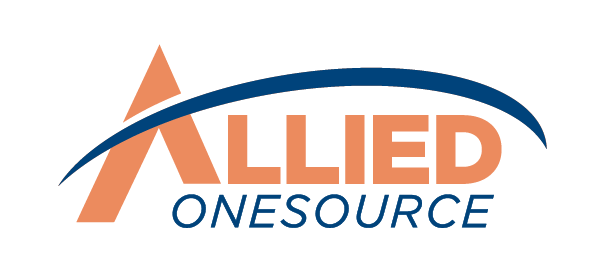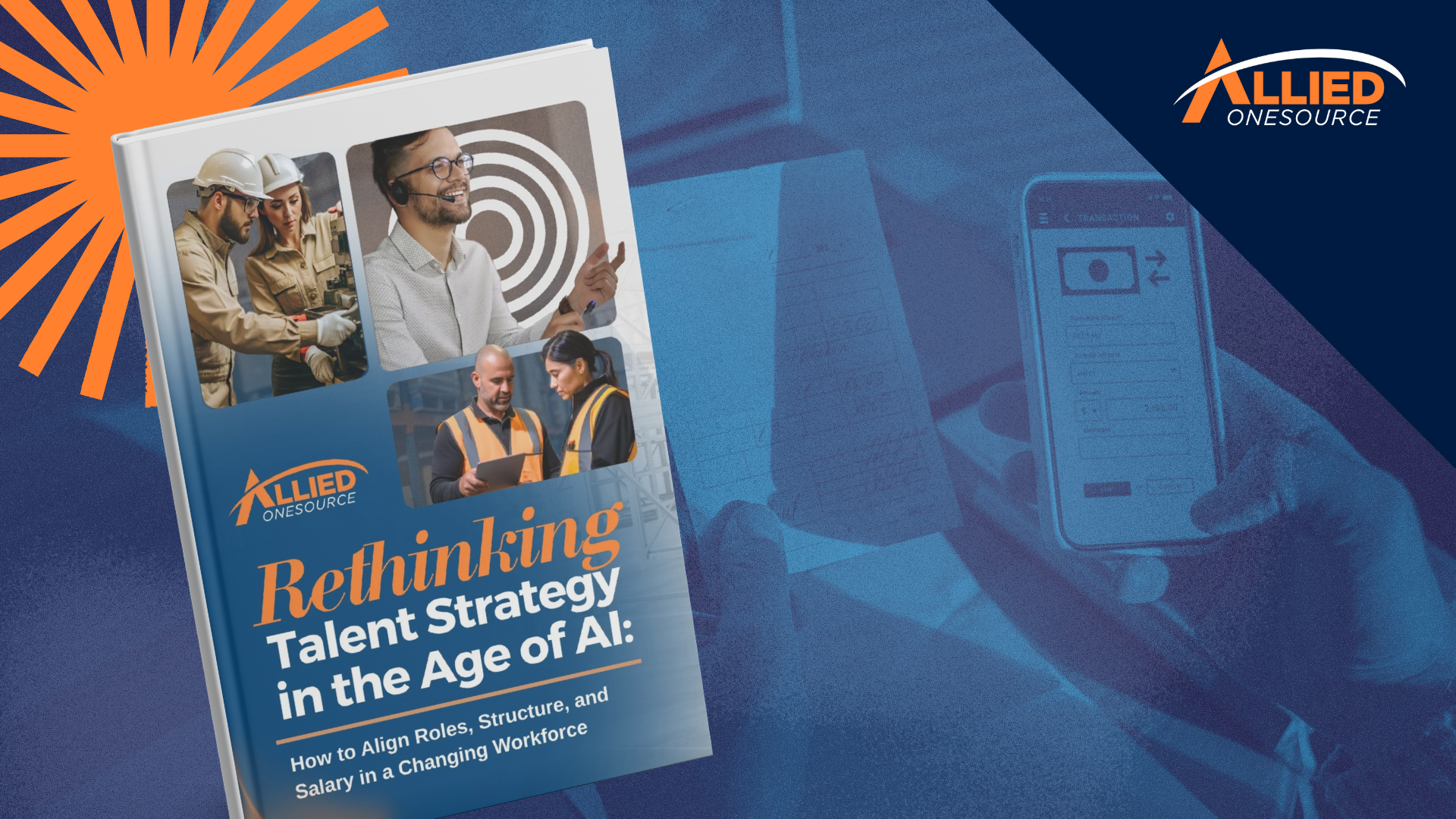4 Hiring Lessons from 2025 to Boost Your 2026 Strategy
This year reshaped how companies think about talent acquisition. Your hiring process, candidate expectations, and what makes someone stick around have all shifted in ways that demand a different approach to your staffing strategy. Whether you're filling critical roles or planning for growth, the lessons from 2025 point to clear changes in how the best companies attract and retain talent.
You've likely felt these changes firsthand; candidates who know more about your company than ever before, hiring processes that drag on too long and lose good people, and the growing realization that flexibility alone won't differentiate your employer brand.
The companies that adapted quickly will see better hiring outcomes, while those still using outdated approaches will struggle to compete for top talent.
Key Hiring Lessons from 2025
Here's what we learned this year that will make your strategic hiring plan more effective in 2026.
1. Skills-Based Hiring Became the Standard, Not the Exception
Companies moved beyond degree requirements in meaningful ways. Job postings shifted toward competencies and demonstrated abilities rather than educational credentials. Beyond being more inclusive, this change is about finding people who could actually do the work.
According to Forbes, companies that hire based on skills rather than credentials see dramatic improvements in their workforce, with 90 percent reporting fewer hiring mistakes and 94 percent finding that skills-based hires outperform those hired based on degrees, certifications, or years of experience.
With 87 percent of companies facing skill gaps now or expecting them within five years, this approach has become an economic necessity.¹
How to Apply This in 2026
Audit your job descriptions for degree requirements that don't directly impact job performance. Train your hiring managers in behavioral interviewing techniques that focus on past accomplishments and problem-solving approaches.
When screening resumes, look for evidence of skills in action rather than credentials on paper. This shift in your staffing strategy will open talent pools you may have overlooked.
2. Process Speed and Quality Became Make-or-Break Factors
Your hiring process speed determines whether you land top candidates or lose them to competitors. Too many companies lost strong candidates because their process dragged on for weeks without clear communication or next steps.
In fact, 60 percent of candidates drop out of a hiring process if it takes too long, and a slow hiring process that stretches over 3 to 6 weeks can give a competitor the upper hand.² Your future hiring trends need to account for this candidate behavior change.
How to Apply This in 2026
Map out your current hiring timeline and identify bottlenecks. Set clear expectations with candidates about your process and stick to them. Streamline feedback loops between interviewers and decision-makers. If you need more time for a decision, communicate that directly rather than leaving candidates wondering. Speed without quality doesn't work, but quality without speed loses you talent.
3. Candidates Arrived More Informed and Demanding
Candidates came to interviews in 2025 having done their homework. They researched leadership teams, read Glassdoor reviews, looked up recent funding rounds, and asked pointed questions about company culture and growth trajectory. This shift put pressure on employers to be more transparent and consistent across all touchpoints.
Recently hired employees who report having an exceptional candidate experience are twice as likely to strongly agree that their job responsibilities are consistent with what was promised during recruitment and 2.7 times as likely to say that their job is "as good as" or "better than" they expected.
Moreover, among employees who moved to a new job in the last five years, those with an exceptional candidate experience are 3.2 times as likely to strongly agree they are connected to their organization's culture.³
How to Apply This in 2026
Ensure your hiring managers can speak authentically about your culture and growth opportunities. Align what you say during interviews with what candidates will experience. Review your online presence from career pages to leadership bios for consistency.
Prepare honest answers about challenges and opportunities rather than generic responses. Your strategic hiring plan should account for candidates who will verify everything you tell them.
4. Flexibility Shifted from Perk to Baseline Expectation
Remote and hybrid work options stopped being differentiators this year. Candidates expected location flexibility as a given and focused their questions on career development, meaningful projects, and learning opportunities instead. Companies that still positioned flexibility as a major selling point found themselves competing on outdated terms.
Nearly half (45 percent) of voluntary leavers report that neither a manager nor another leader proactively discussed their job satisfaction, performance or future with the organization with them in the three months before leaving.⁴ This suggests that retention depends more on ongoing development conversations than initial work arrangements.
How to Apply This in 2026
Redefine your employee value proposition beyond location flexibility. Focus your recruiting conversations on growth paths, skill development opportunities, and the impact candidates can make in their roles. Train your managers to have regular career development discussions with team members.
When discussing your staffing strategy, emphasize how you develop talent rather than where they work. The companies winning talent in 2026 will be those that invest in people's professional growth.
Build a Stronger Staffing Strategy for 2026
The hiring landscape keeps evolving, and your staffing strategy needs to keep pace. These lessons from 2025 show that successful companies adapt their approach based on real candidate behavior and market shifts, not outdated assumptions about what attracts talent.
At Allied OneSource, we connect companies with the right people at the right time. Whether you need temporary staff, direct placements, or managed staffing solutions, we understand how these market changes affect your hiring needs.
Ready to discuss your staffing requirements for 2026? Contact us today.
References
1. Pong, Cynthia. “90% of Companies Make Better Hires Based on Skills over Degrees.” Forbes, 26 Dec. 2024, https://www.forbes.com/sites/cynthiapong/2024/12/26/90-of-companies-make-better-hires-based-on-skills-over-degrees/.
2. “The True Cost of Delays in Hiring Processes: How Slow Decision-Making Costs You Great Candidates.” LinkedIn, 8 May 2025, https://www.linkedin.com/pulse/true-cost-delays-hiring-processes-how-slow-decision-making-costs-yxtlf.
3. Kemp, Andy. “The Lasting Impact of Exceptional Candidate Experiences.” Gallup, 16 Oct. 2024, https://www.gallup.com/workplace/651650/lasting-impact-exceptional-candidate-experiences.aspx.
4. Tatel, Corey, and Ben Wigert. “42% of Employee Turnover Is Preventable but Often Ignored: With More Employees Now Eyeing the Job Market, Organizations Must Intervene.” Gallup, 9 July 2024,
https://www.gallup.com/workplace/646538/employee-turnover-preventable-often-ignored.aspx.











